Long before the first crack of dawn touches the jagged silhouette of Mount Warning, or Wollumbin as it is known to the Bundjalung people, the mountain has stood as a sentinel over the lush Northern Rivers region of New South Wales. To many, it is a striking landmark, a magnet for hikers eager to catch the first sunrise to hit mainland Australia. But beneath its imposing presence lies a tapestry of deep cultural, spiritual, and scientific stories that reach far beyond any Instagram-worthy view. The recent closure of Wollumbin National Park to climbers has sparked fierce debate, raising crucial questions about respect, reconciliation, and the complex relationship between heritage, nature, and public access. What is it about this mountain that stirs such powerful emotions and commands such profound respect?
The Ancient Heartbeat of Wollumbin
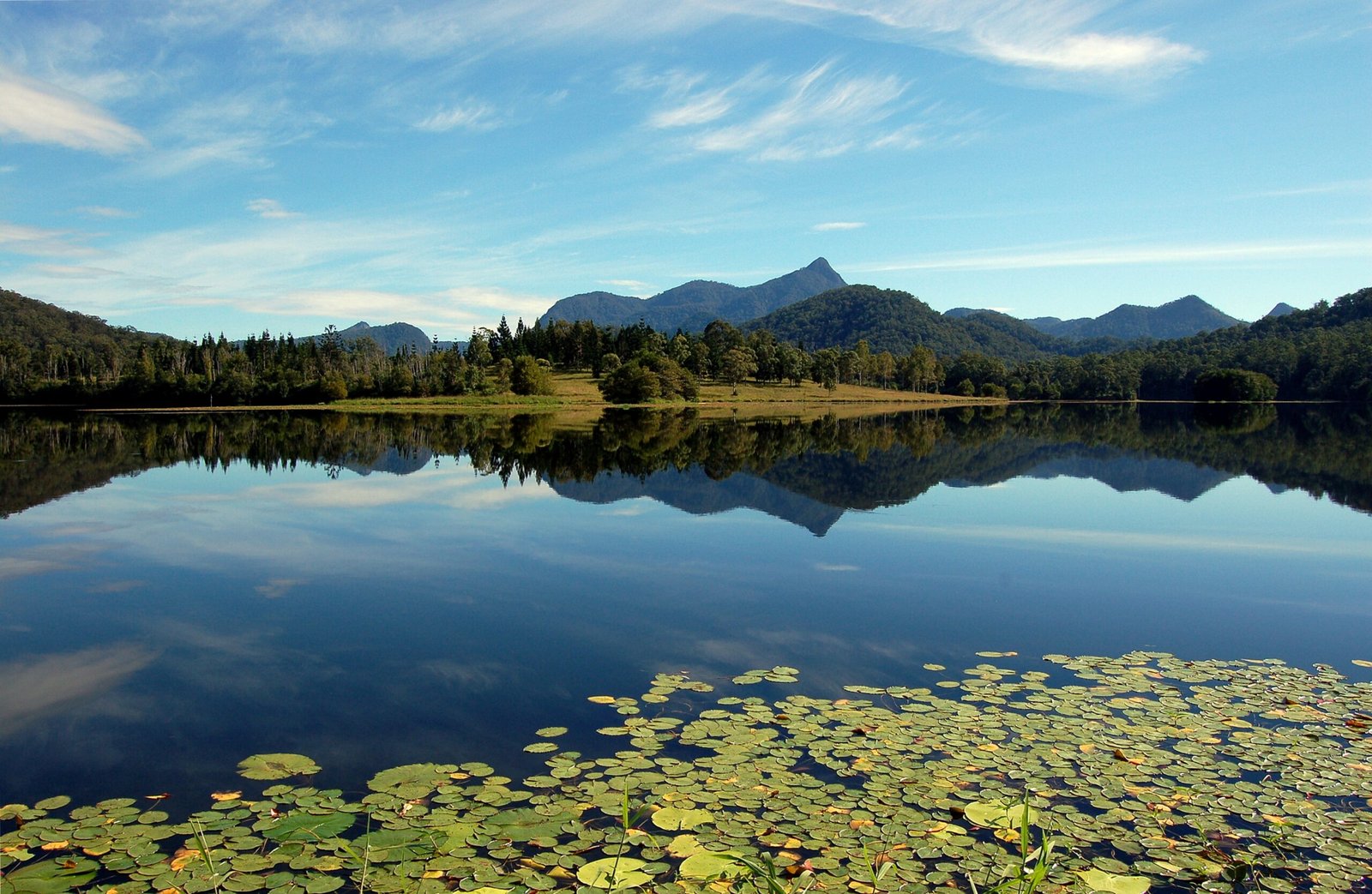
Wollumbin is more than a mountain; it is the living heart of an ancient landscape formed over 23 million years ago by a massive shield volcano. Its volcanic soils have nurtured dense rainforests teeming with rare flora and fauna, making it a biodiversity hotspot. For the Bundjalung people, who have lived in harmony with this land for millennia, Wollumbin is a sacred site, a place where creation stories echo in the wind and where the spirits of ancestors are said to reside. It is a powerful symbol of identity, continuity, and belonging, connecting the present to a time before time. In local language, Wollumbin means “cloud-catcher,” a poetic nod to the way mist and weather swirl around its summit, cloaking it in mystery and reverence.
The Spiritual Significance to the Bundjalung People
For the Bundjalung Nation, Wollumbin is not merely a natural wonder; it is a living ancestor and a men’s initiation ground. Only certain members of the community—traditionally, initiated Bundjalung men—are permitted to climb to its summit. Stories and ceremonies linked to the mountain are tightly woven into the fabric of cultural law and identity. To climb Wollumbin without proper permission is seen as a profound act of disrespect, akin to walking through a sacred cathedral during a private rite. This deep spiritual connection is not always visible to outsiders, but it is felt in every whisper of wind and every footstep taken on its slopes.
The Science Behind the Landscape
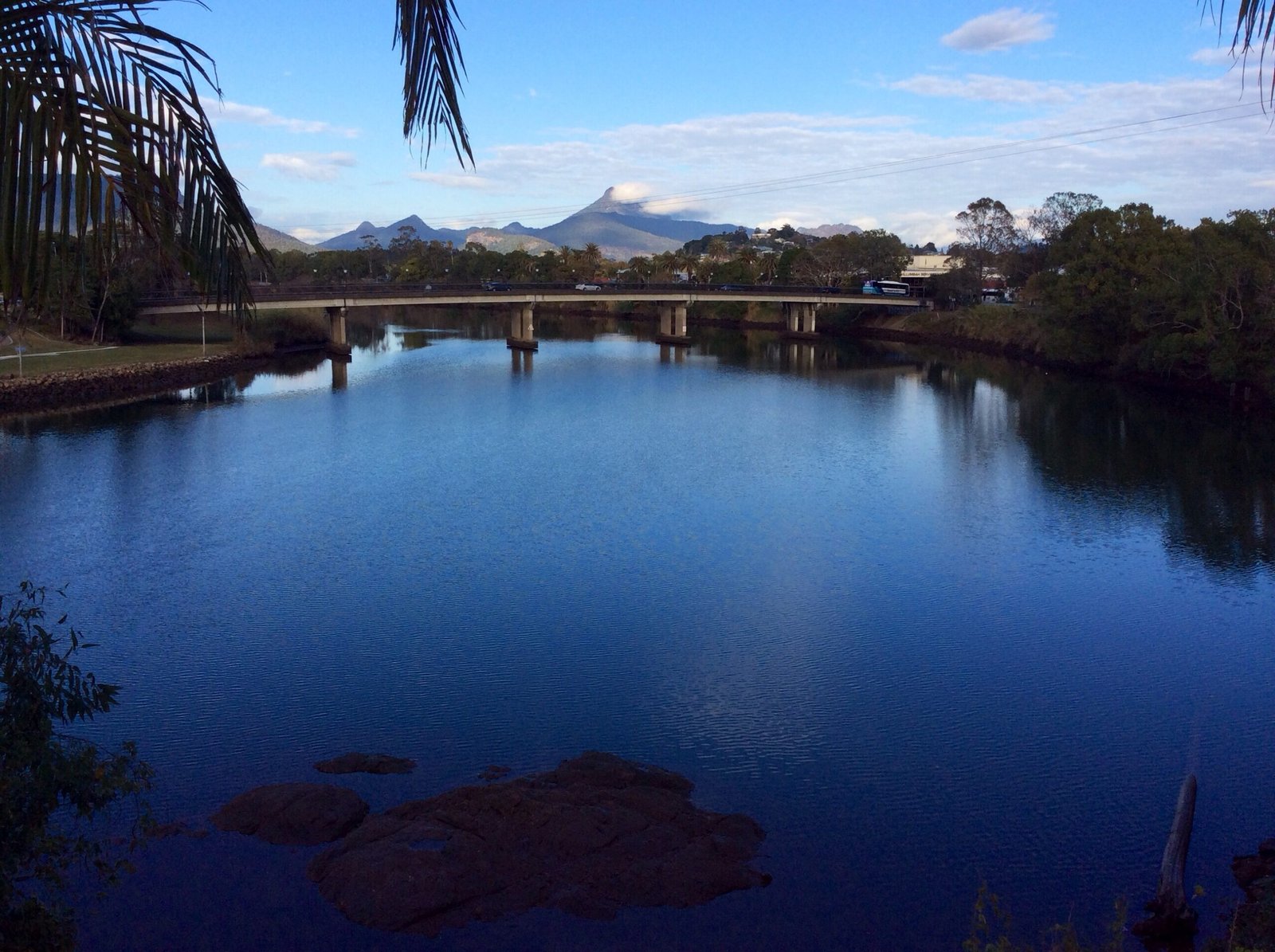
Scientifically, Wollumbin is a marvel. It is the central remnant of the Tweed Volcano, whose ancient eruptions shaped the entire region. Today, its slopes are a patchwork of subtropical and temperate rainforest, home to threatened species like the endangered Fleay’s barred frog and the giant barred frog. Ecologists marvel at how the mountain’s unique geology creates microclimates that sustain rare plants like the Mount Warning red gum and the Wollumbin mallee. Geological surveys reveal how centuries of erosion have sculpted the mountain’s iconic silhouette, while botanists study its forests for clues about resilience in the face of climate change. Every inch of Wollumbin holds scientific stories waiting to be told.
Tourism, Adventure, and the Dilemma of Access
For decades, Wollumbin has been a bucket-list destination for hikers, birdwatchers, and sunrise seekers. The allure of standing atop the first place on mainland Australia to catch the dawn is irresistible to many adventurers. Local economies have benefited from the steady stream of visitors, creating jobs and fostering a sense of regional pride. Yet this popularity comes at a price: erosion, litter, and the gradual degradation of fragile habitats. The sheer number of climbers has made it difficult to preserve both the natural environment and the sanctity of the site as a place of deep cultural significance.
The Decision to Close the Summit
In 2022, the New South Wales National Parks and Wildlife Service announced the permanent closure of the Wollumbin summit track. This move followed years of consultation with Traditional Owners, environmentalists, and community leaders. The decision was not taken lightly—it was shaped by the urgent need to protect sacred cultural practices and to preserve the mountain’s vulnerable ecosystem. The closure sent shockwaves through the tourism industry, but for many Bundjalung people, it marked a powerful step towards self-determination and the honoring of ancestral law. It was, in their words, an act of reconciliation and respect.
The Public’s Reaction: Controversy and Conversation
The closure of the summit track ignited passionate debate across Australia. Some hikers and tourists expressed disappointment, feeling a sense of loss and frustration at being barred from a beloved landmark. Others voiced support, recognizing the need to prioritize Indigenous rights and environmental stewardship over recreation. Social media buzzed with heated arguments, revealing just how deeply people care about Wollumbin—whether as a place of adventure, a symbol of natural beauty, or a sacred site deserving of protection. The conversation forced many to confront uncomfortable truths about privilege, history, and whose voices should be heard in decisions about land.
Healing and Reconciliation Through Respect
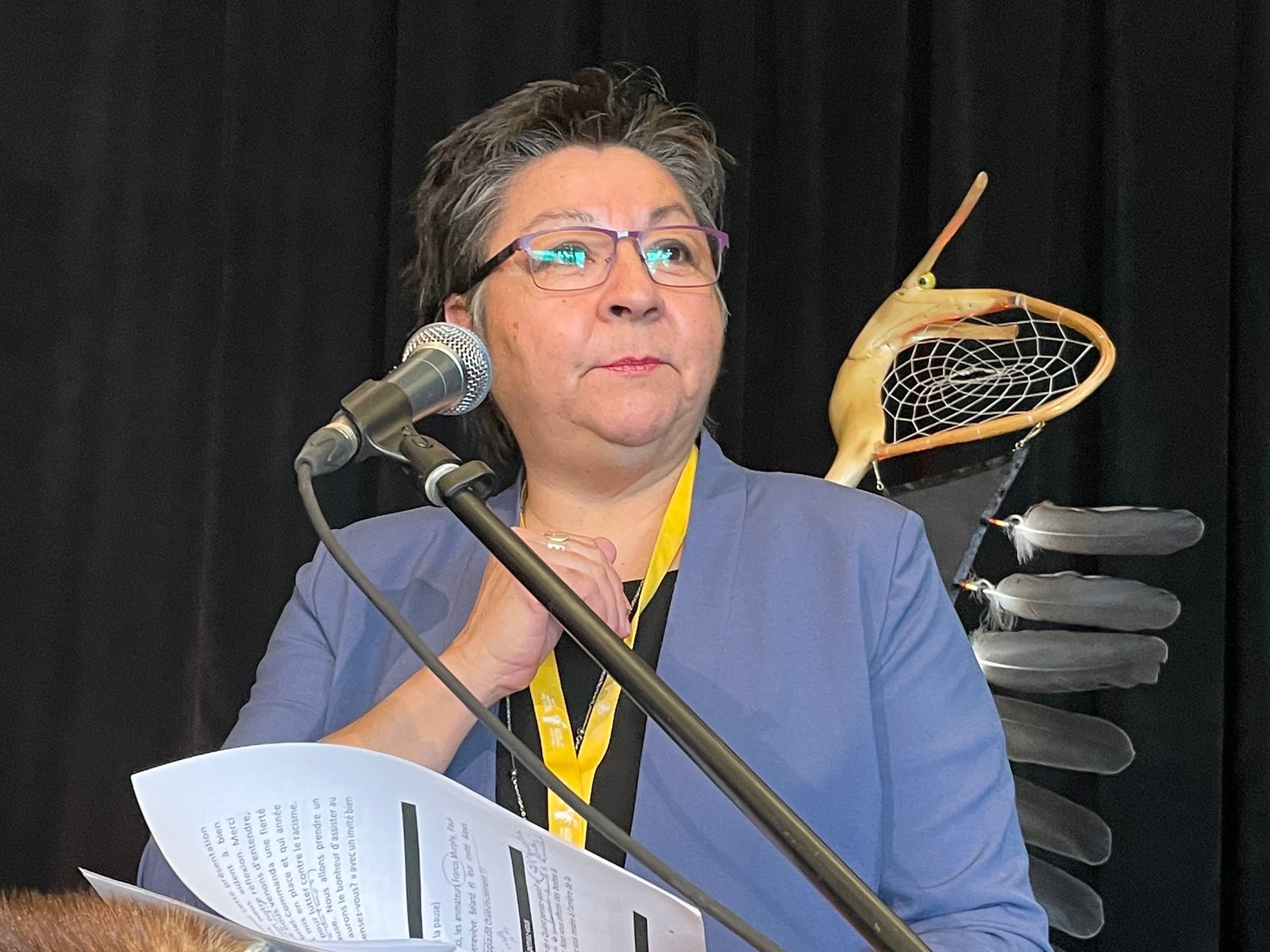
In many ways, the closure of Wollumbin is part of a broader movement towards healing and reconciliation across Australia. It challenges non-Indigenous Australians to reevaluate their relationship with land, to listen more closely to Traditional Owners, and to recognize the pain caused by past and ongoing acts of dispossession. For the Bundjalung people, the closure represents a chance to restore balance and to protect the spiritual health of the mountain for future generations. Reconciliation is not about erasing history, but about building a more respectful and inclusive future. The story of Wollumbin is a lesson in humility and empathy.
The Importance of Preserving Sacred Sites
Wollumbin’s closure highlights the global challenge of preserving sacred natural sites in the face of modern pressures. Around the world, Indigenous communities struggle to protect mountains, rivers, and forests that hold deep spiritual meaning. These places are not only natural wonders—they are living repositories of culture, knowledge, and identity. When sacred sites are opened to mass tourism without proper consideration, the damage goes far beyond the physical landscape; it erodes the soul of a people. Protecting these places is a matter of justice as much as conservation.
The Science of Restoration and Conservation
With the summit closed, conservationists now have a rare opportunity to study how the mountain’s ecosystems recover from decades of foot traffic. Early observations show signs of regeneration: delicate mosses and ferns are returning, and erosion is slowing. Scientists are closely monitoring the health of threatened species and the resilience of the rainforest to climate extremes. There is hope that Wollumbin can become a model for how science and traditional knowledge work together to heal and protect special places. The lessons learned here may help guide restoration efforts elsewhere.
Lessons for the Future
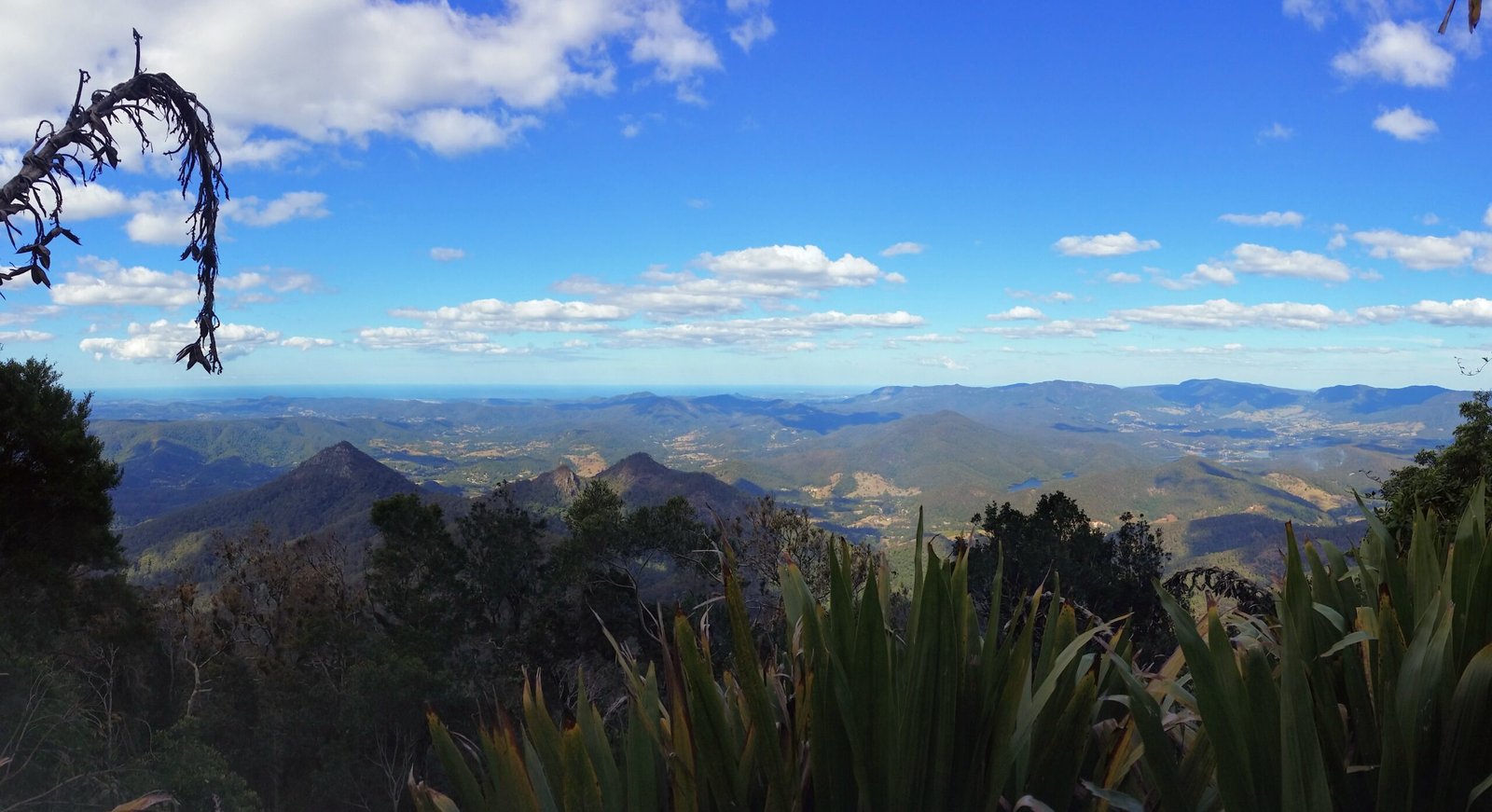
The story of Wollumbin is a microcosm of larger global conversations about heritage, access, and sustainability. It asks us to ponder tough questions: Should every beautiful place be open to everyone, or are some places so sacred that they deserve protection above all else? How can we balance the needs of tourism with the rights of Traditional Owners? Wollumbin reminds us that nature and culture are inseparable, that the stories woven into a landscape are just as important as the views. It challenges us all to think differently about what we value and why.
Reflections on Wollumbin’s Ongoing Legacy
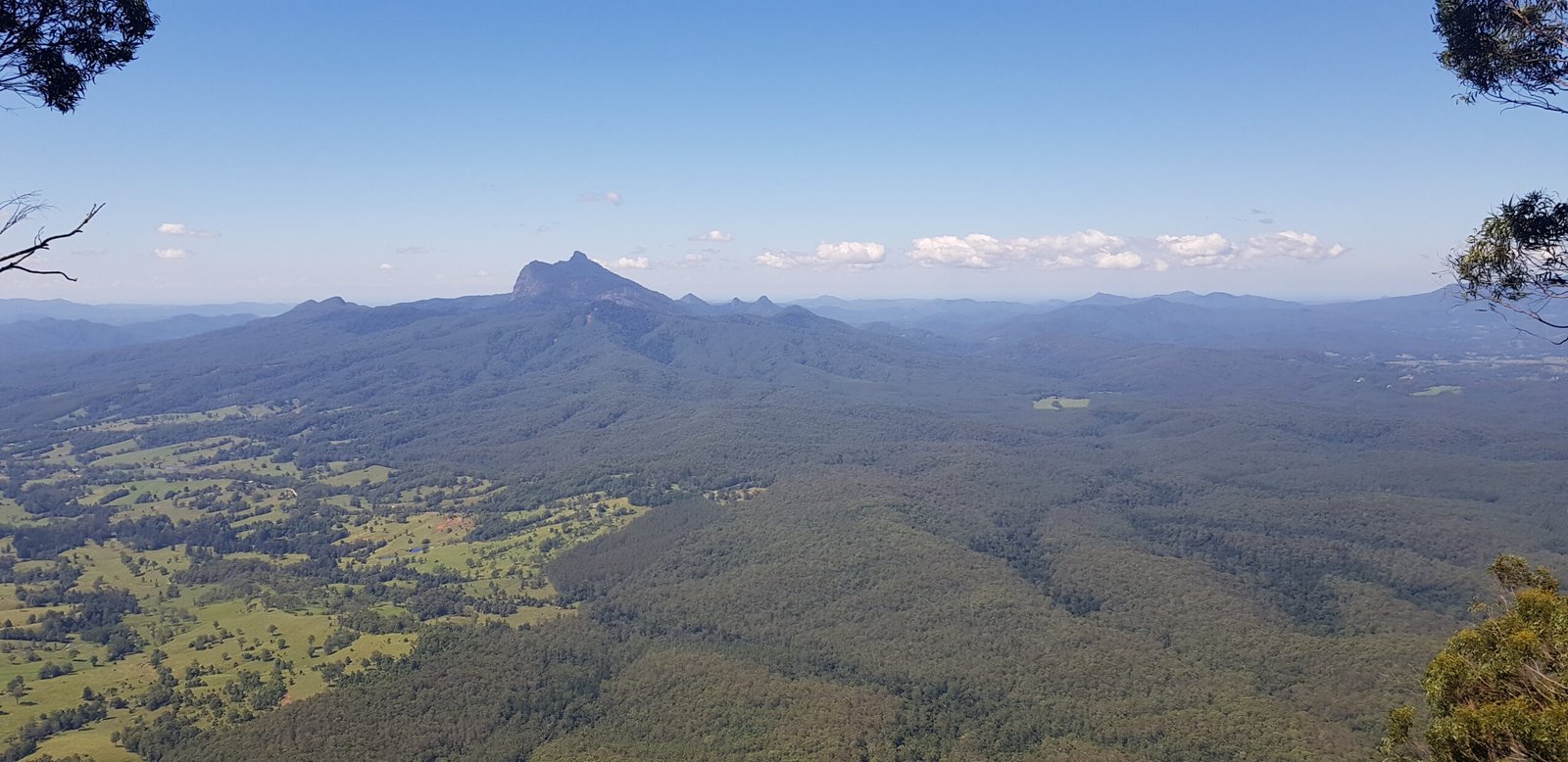
Wollumbin will always stand as a beacon—both a physical landmark and a symbol of cultural resilience. Its closure is not the end of its story, but a new chapter in the evolving relationship between people, place, and heritage. As the mist gathers around its summit each morning, it invites us to listen, to learn, and to honor what we do not fully understand. The lessons of Wollumbin reach far beyond its slopes, calling us to reflect on our own responsibilities and the true meaning of respect.


